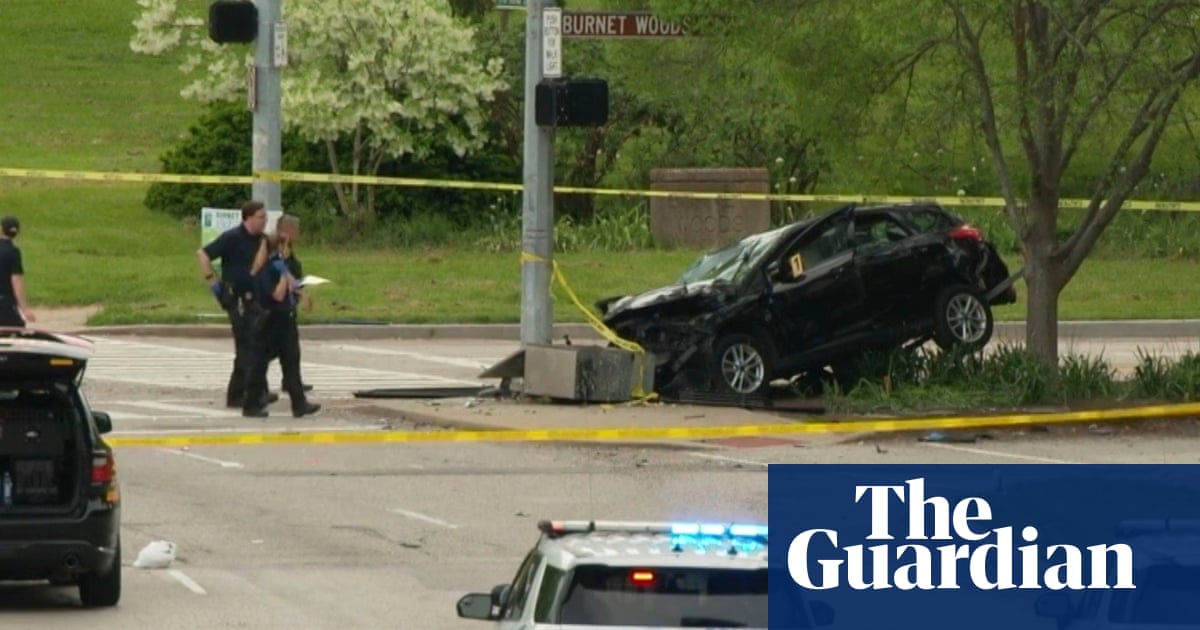The article reveals a deeply troubling incident involving the father of a young man fatally shot by police in Cincinnati. Less than 24 hours after the tragic death of his son, the father is alleged to have killed a police officer with his vehicle. This sequence of events raises significant questions about the emotional and psychological impact of police violence on families, as well as the broader implications for community relations with law enforcement.
Emotional Impact and Community Response
The father's actions suggest a profound grief and rage that can arise from experiencing such trauma. The article emphasizes the shock and distress felt by the Hinton family after witnessing the body camera footage of the police shooting. This moment of vulnerability highlights the potential for escalated violence in the wake of police killings, as families grapple with loss and anger. The community's reaction may be one of fear, outrage, and a call for justice, further complicating relations between citizens and police.
Perception of Law Enforcement
This incident feeds into ongoing national concerns regarding law enforcement's use of deadly force. The juxtaposition of the police's actions in the fatal shooting of Ryan Hinton and the subsequent death of an officer raises questions about accountability and the systemic issues within policing. The mention of the police officer's death, who was uninvolved in the initial shooting, serves to complicate the narrative, potentially evoking sympathy for law enforcement while also highlighting the tragic cycle of violence.
Potential Manipulation and Messaging
The language used in the article, particularly phrases like "horrific tragedy on both sides," suggests an attempt to humanize both the victim's family and law enforcement. This dual framing could be seen as an effort to mitigate public outrage against police violence by presenting a balanced perspective. However, it may also serve to divert attention from systemic issues that necessitate reform in policing practices.
Comparative Context
When compared to other news stories involving police violence, this incident shares themes of grief, anger, and calls for accountability. It may connect with broader narratives regarding racial inequality and the need for police reform, aligning with movements advocating for social justice. The article invites readers to consider their stance on these issues, potentially influencing public opinion and activism.
Societal and Economic Implications
The ramifications of this incident could extend to the community's socio-political landscape. Increased tensions between law enforcement and citizens might lead to protests or calls for policy changes, affecting local governance and police practices. In terms of economic impact, areas with heightened unrest may experience disruptions that could affect local businesses and investments.
Support from Different Communities
The narrative may resonate more strongly with communities advocating for police reform and social justice. Conversely, it may alienate those who view law enforcement as a necessary authority. The article's framing could influence which groups feel compelled to take action or express solidarity.
Influence on Financial Markets
While there may not be direct implications for stock markets or global economies from this specific incident, the broader context of civil unrest and calls for police reform can impact sectors such as retail, security, and local businesses. Investors may respond to perceived instability or reform movements that could affect profitability.
Global Context and Relevance
This incident reflects ongoing global discussions about police violence and accountability. It connects with a wider discourse on human rights and governance, especially in nations grappling with similar issues. The timing of the article aligns with a heightened awareness of systemic racism and the need for comprehensive reforms in policing.
AI Involvement in Article Creation
It is plausible that AI tools may have been used in drafting or editing the article to ensure clarity and coherence. While specific models cannot be identified without further information, the structured presentation and balanced tone could suggest some level of AI assistance. However, the emotional resonance and nuanced perspectives likely require human oversight to capture the complexity of the situation.
The article provides a complex narrative that intertwines personal tragedy with broader societal issues, prompting readers to reflect on the implications of violence and grief in their communities. The reliability of the information appears credible, given the sourcing from police reports and statements from involved parties, though the framing could influence public perception.
